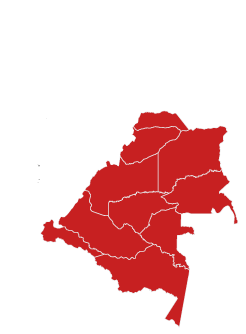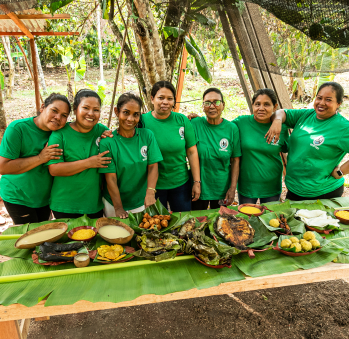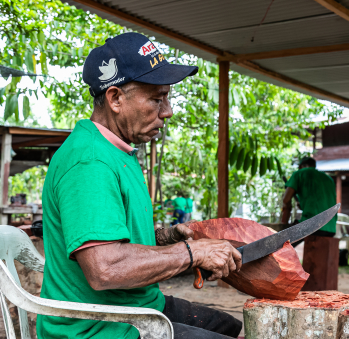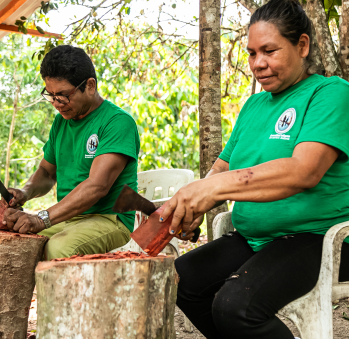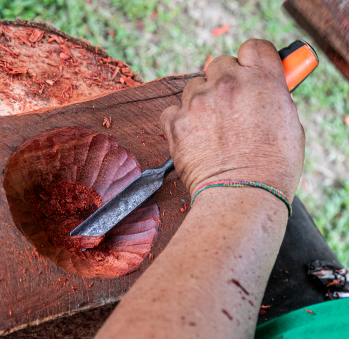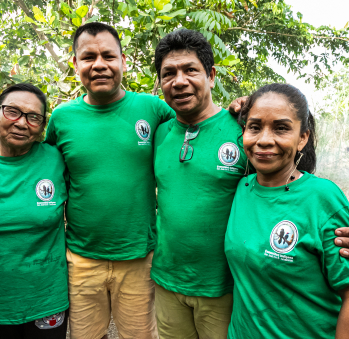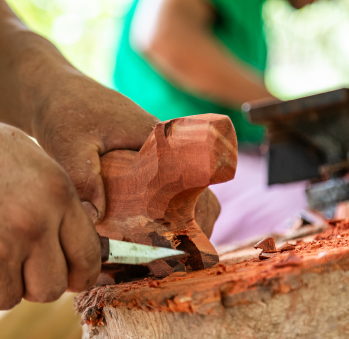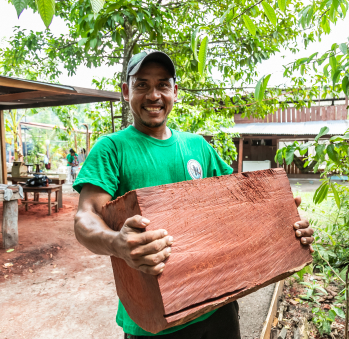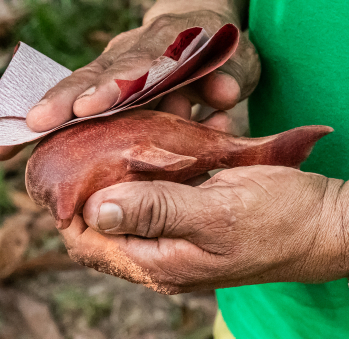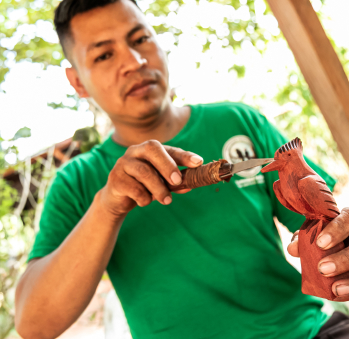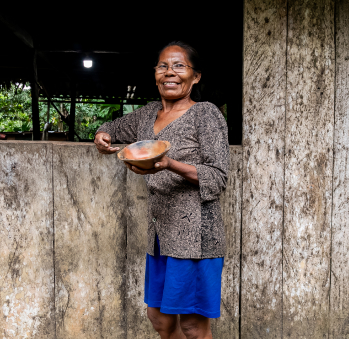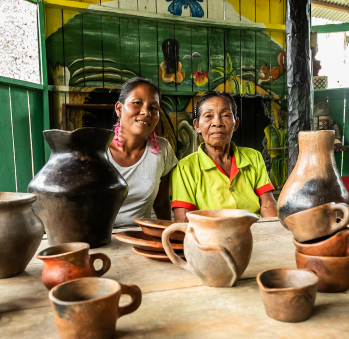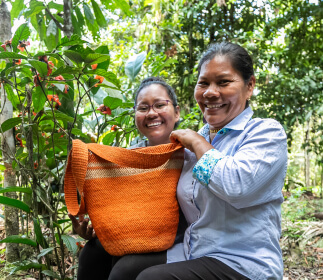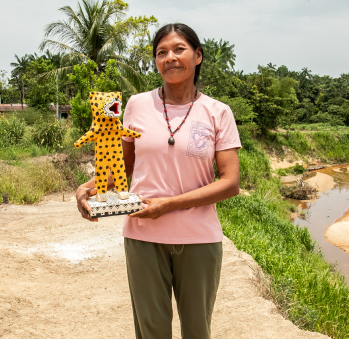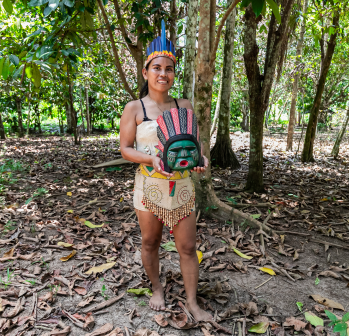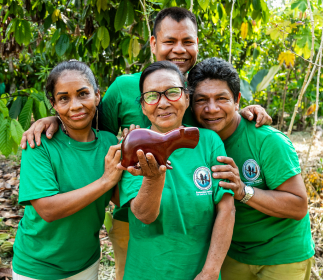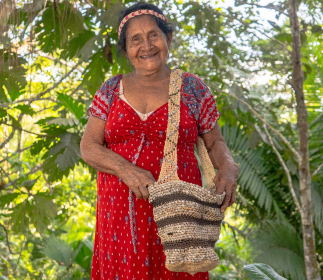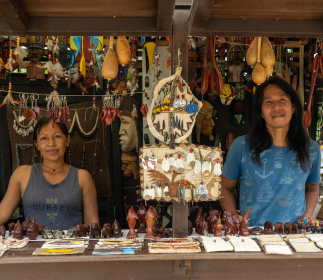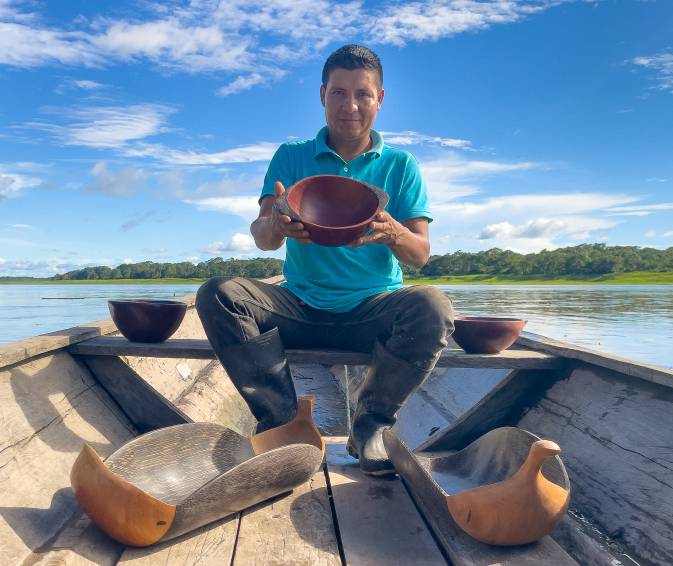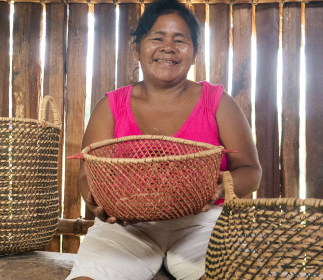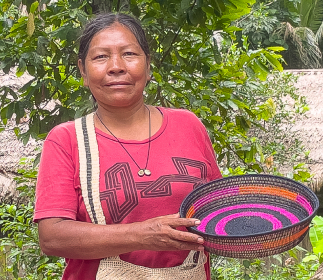Asociación Chunaki Baru
Workshop: Asociación pájaro carpintero Chunaki Baru
Craft: Woodwork
Trail: Amazon Route
Location: Leticia, Amazonas
The name Chunaki Baru brings together two Indigenous worlds: the Cocama and the Tikuna, both peoples of the vast Amazon. Chunaki refers to the woodpecker, and baru to the weaver. Together, they symbolize the carving and weaving community of Kilometers 6 and 11, just outside Leticia. This is how the artisans’ association in these remote corners of the Amazon River chose to name themselves. They are masters of their crafts and heirs to the resilience of those who suffered under the rubber boom colonialism of the early 20th century.
The elders who founded these communities did everything they could to ensure that the art of carving palo sangre wood would never be forgotten. They were Ángel Arimuye, Fidel Manoyama, and Artemio Arirama, and the later is the only one still alive, passing on his wisdom to future generations. The three leaders decided that the best way to reclaim the traditions shattered by violence was through mastery of the crafts that connect them to their history. Missionary efforts had already caused immense harm, instilling shame about their language and culture and subjecting them to discrimination. This led to a painful loss of their native tongues, as people were forced to forget their words to endure humiliation. Descendants of those affected sadly recall, “Many of them remained silent, unwilling to speak to us about what they lived through.” As a result, the younger generations—the ones who remain—are determined to recover the essence of the traditions that define them.
The carvers of the Association, including Adner Acosta, Harrison Arias, Eris Vásquez, Luis Manuyama, Marco Manuyama and Odelia, among others, dedicate themselves to preserving a deep, almost sacred observation of the forest, seeking out the best palo sangre wood to carve. They know how to find these trees in the dense rainforest, often lying fallen by a strong wind or aged by time. They understand that if the wood is carved before it’s ready—if they rush and cut the tree prematurely—the piece will crack, crying out that it wasn’t yet its time. But those who know, like they do, wait until the tree has been prepared by the weevil that gently cleaned out the trunk, leaving the heart of the tree ready to shine. They can also distinguish the bark and its roughness, which reveals the color of the wood—rougher bark means a more intense, fiery red, the color of bloodwood. As we can see, they are true protectors of the forest, watching in awe as it is increasingly emptied, closer than ever, due to illegal logging.
Meanwhile, the women weavers have preserved the knowledge passed down by their grandmothers, crafting baskets and containers—a skill born out of necessity to provide their homes with the tools needed for preparing food. They also weave backpacks from yanchama and chambira fibers, as well as traditional clothing made from chambira. In addition, they continue to safeguard the knowledge of traditional cooking from their communities.
Although these two crafts were originally very much shaped by distinct gender roles—men carving and women weaving—they are now practiced by both. Men and women share their craft knowledge; both carve and weave. While carving is currently the dominant craft in the community, weaving and basket-making continue to evolve harmoniously with the passage of time. This community is now pushing forward with renewed energy to make their mark in the region again, as the pandemic hit them hard. However, they know what they have: not only a fine product, which many other artisans purchase from them for resale, but also the unique opportunity to coexist with other Indigenous communities like the Ocaina, Yukuna Matapí, Yagua, Bora, and Huitoto or Murui—many of whom are from Brazil or Peru—demonstrating that borders truly don’t exist.
Craft
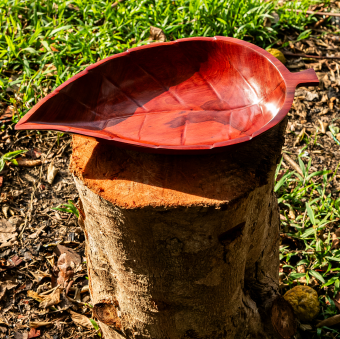
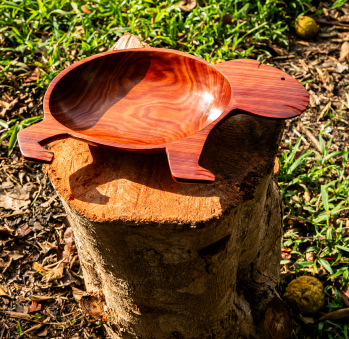
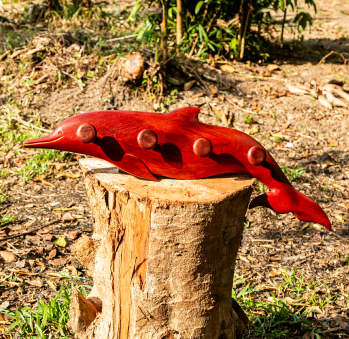
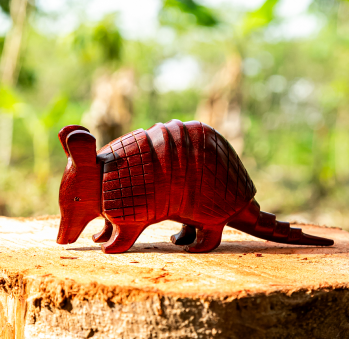
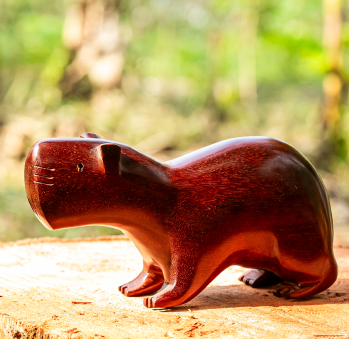
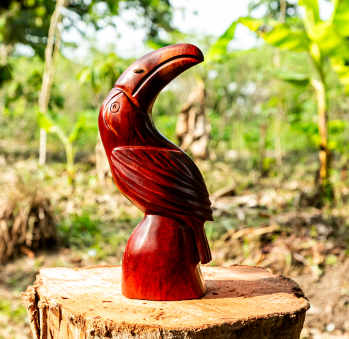
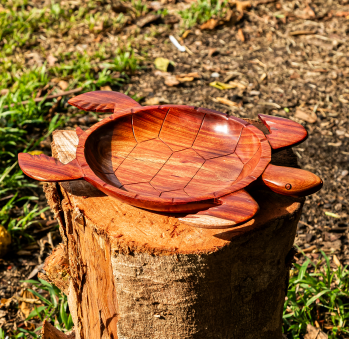
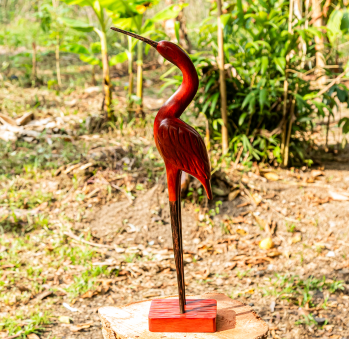
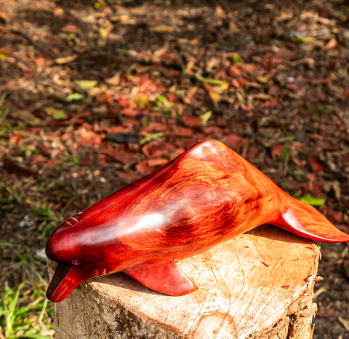









Artisans along the way
Artisans along the way
No puede copiar contenido de esta página

